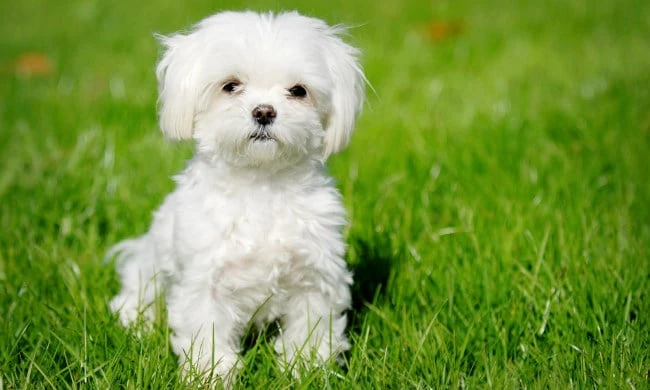Blue Tick Hounds – A Complete Guide to this Breed

A Complete Guide to Blue Tick Hounds…

Appearance…
Coat – Blue tick hounds have a very thick short coat that when touched or stroked can feel quite rough. It’s color and appearance is quite similar to the blue tick Beagle.
The ‘blue’ appearance of the Hound is due to the black and white mottling that covers their body – this mottled color cover it’s whole body with black spots intermittently covering the back of the head and ears. On a white background this mottled coloring creates a blue appearance (hence the name).
Ears – This breed has ears that are set quite low and can reach its nose (as you can see from the picture above). As with all dogs that have floppy ears it is important that they are kept clean as they can be prone to ear yeast infections.
Muzzle – The muzzle is quite square and should be slightly shorter than the depth of the skull.
Eyes – Their eyes should be large and set relatively wide apart. This breed has excellent eyesight which enables them to work well at night. Their neck should be arched and muscular.
Temperament & Training – Blue tick hounds are great with children and ideal for the family, they are also very loyal. They are a difficult breed to train and as a hunting breed you need to be strong pack leader when training them. Although this breed are unlikely to be aggressive with children or the family they can be quite aggressive with other dogs.
Intelligence – They are a very intelligent dog – remember that they are a hound – so if well trained they can be a friendly but this friendliness can sometimes be confused as aggression due to their habit of greeting strangers by howling and sniffing them until they decide to stop!
This breed also have a habit of salivating and drooling if you eat in front of them or they see human food.
Exercise & Living Conditions – This breed need lots of exercise and can become quite destructive or highly strung if they are not given enough exercise. This breed like to have a nice sized yard – so a flat or apartment are not ideal. It is not unusual for this breed to run off if let off the leash or if they have caught a scent.
Height and Weight – Blue tick hounds grow to about 20-27 inchs in height (51-69 cm) and can weigh up to 45-80 pounds (20-36 kg.)
Life Expectancy – The life expectancy of blue tick hounds is approximately 11 – 12 years of age.
Grooming – This breed only need an occasional groom or brush. Make sure that you check their ears regularly and that they are clean and infection free.
General information – This breed is also known as a Coonhound. It is important that owners make their Hound work as ‘Blue Ticks’ need to be kept busy otherwise behavior problems can develop.
Socialization is important and it’s worth mentioning that they can be prone to barking if they get bored and are not kept busy and occupied.

Did you know…?
Blue Tick Hounds were originally bred from the Blue de Gascogne, the American and English Foxhound and also the Black and Tan Virginia Foxhound.
References: The Bluetick Coonhound. Wikipedia
Collins, Gem. 1999. Dogs. Harper Collins.
A Guide to the Hound Group.

1. Hounds have been helping humans hunt for generations. The ‘Hound’ group are actually split into two groups. One group hunts by sight and the other by scent.
For example Greyhounds, Salukis and Afghans hunt by sight and Blood Hounds and Basset Hounds use their nose to hunt.
2. Hounds were initially bred to hunt, chase and kill their prey. Hounds that are around in the present day still have a tendency to chase. In fact Blue Tick Hounds can still be known to chase things if they get a scent.
3. Hounds don’t rely heavily on their ears when hunting as they have a tendency to keep their noses close to the ground and track their prey over long distances.
4. Hounds are often used in packs with a huntsmen as the leader.
Below are a list of breeds in the Hound group…
- Afghan
- Basenji
- Basset Hound
- Basset Griffon Vendeen
- Beagle
- Bloodhound
- Borzoi
- Deerhound
- Dachshund
- English Foxhound
- Finnish Spitz
- Greyhound
- Ibizan
- Irish Wolfhound
- Norwegian Elkhound
- Otterhound
- Pharaoh
- Rhodesian Ridgeback
- Saluki
- Segugio Italiano
- Whippet
Why not view the video below on how to train a Blue Tick Hound.





